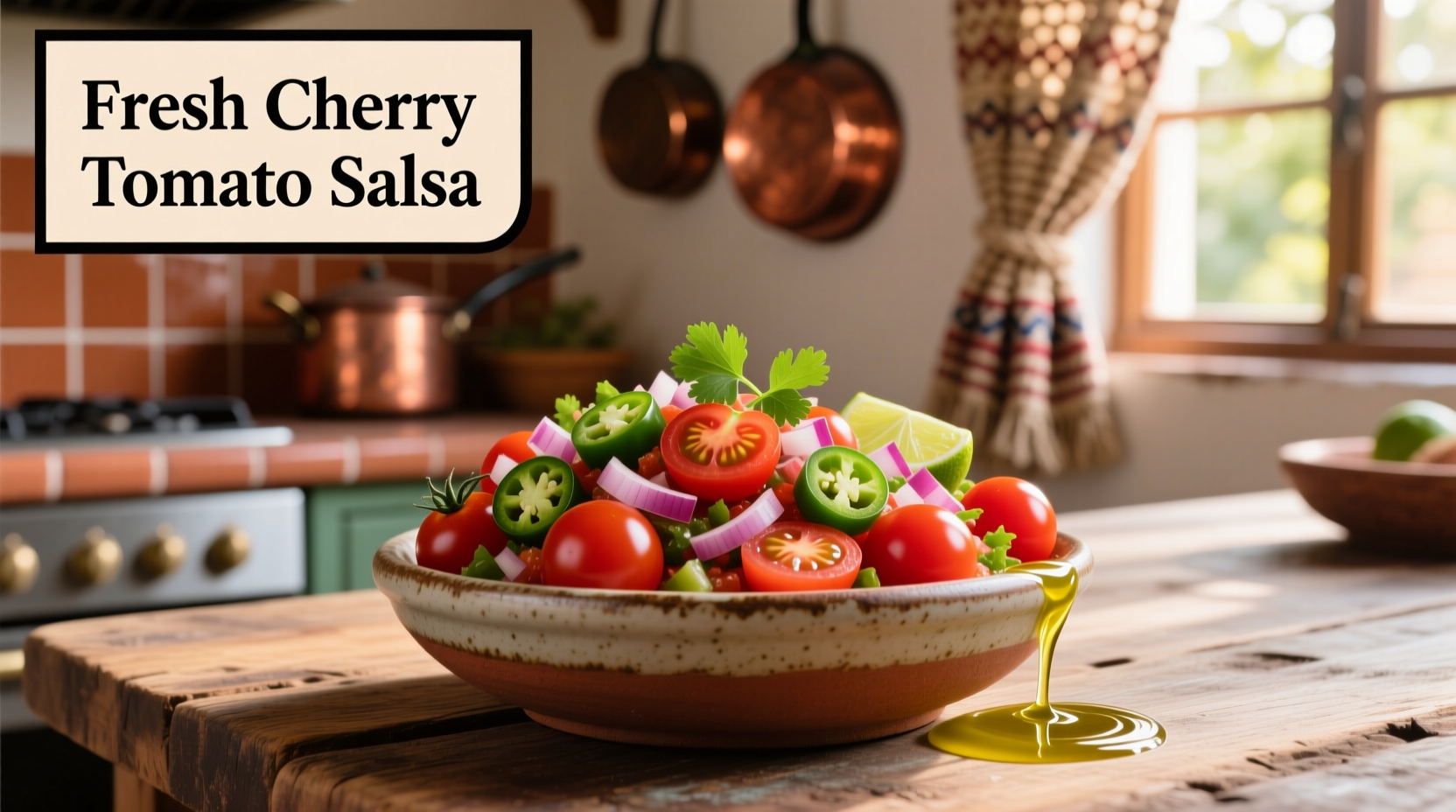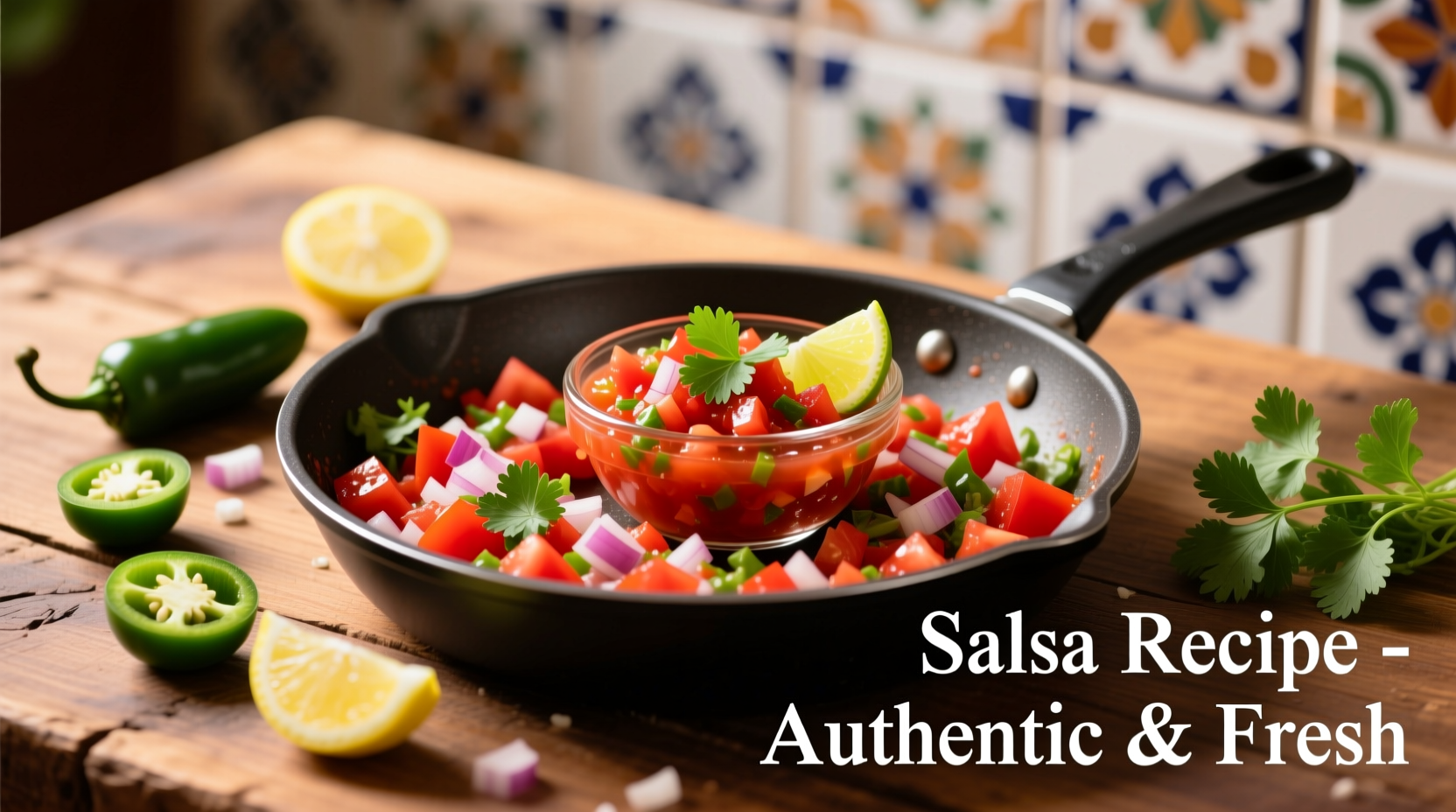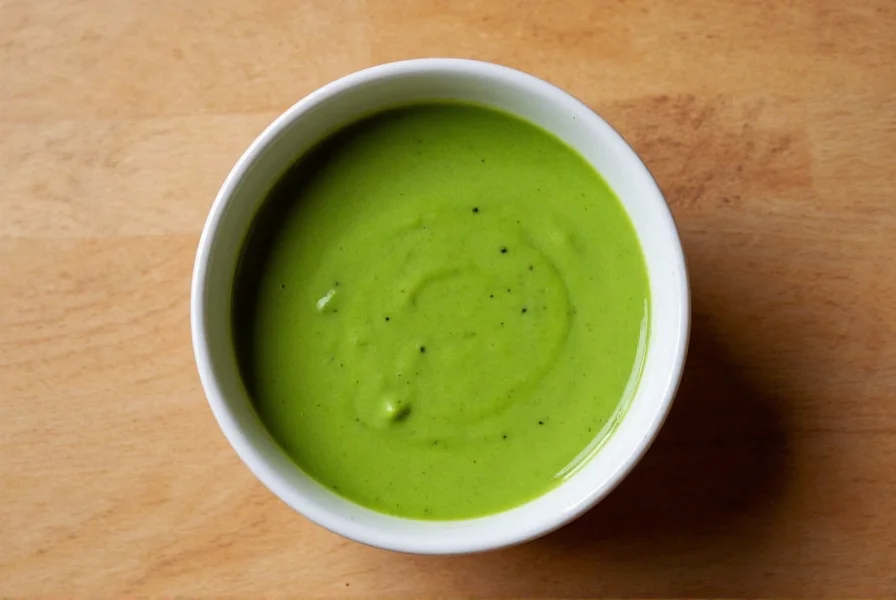Why Salsa Matcha Solves Modern Flavor Fatigue
Standard salsas often lack nutritional depth while fusion experiments risk clashing flavors. Salsa matcha bridges this gap: Japanese matcha’s umami enhances tomato’s acidity without overpowering, creating a dip that’s both nutritionally potent and versatile. Unlike trendy ‘macha’ recipes (a common misspelling for Mexican chili oil), this fusion leverages matcha’s verified health properties while respecting culinary boundaries.
What Salsa Matcha Really Is (And Isn’t)
Despite frequent confusion in search results, salsa matcha is not Mexican cuisine. ‘Macha’ (with ‘c’) refers to a nutty chili oil from Oaxaca, while ‘matcha’ (with ‘t’) is Japanese green tea powder. This fusion emerged circa 2018 as chefs explored matcha’s culinary applications beyond beverages. Authentic versions use culinary-grade matcha – never ceremonial grade – to balance cost and flavor intensity.
| Characteristic | Salsa Matcha | Traditional Tomato Salsa | Mexican Macha |
|---|---|---|---|
| Core Ingredients | Tomatoes, matcha powder, lime, cilantro | Tomatoes, onions, jalapeños, cilantro | Chilies, garlic, nuts, oil |
| Antioxidant Level | 137mg/serving (Healthline) | Negligible | Moderate (chili-based) |
| Flavor Profile | Earthy, vegetal, bright citrus | Acidic, spicy, fresh | Nutty, smoky, spicy |
| Cultural Origin | Modern fusion (2010s) | Mexican | Mexican (Oaxacan) |
When to Use (and Avoid) Salsa Matcha
This dip shines in specific scenarios but fails in others. Understanding these boundaries prevents culinary disappointment:
Optimal Use Cases
- Health-focused snacking: Pair with baked tortilla chips (25 calories/serving vs. 140+ in guacamole)
- Fusion cuisine: Elevate sushi bowls or matcha-marinated proteins (Food Network’s recipe)
- Vibrant entertaining: Its striking green color impresses at gatherings (prep time: 15 minutes)
Critical Avoidance Scenarios
- Authentic Mexican dishes: Never substitute for pico de gallo or salsa verde
- Matcha-sensitive palates: Those disliking green tea’s vegetal notes will reject it
- High-heat cooking: Matcha degrades above 175°F – always mix cold

Quality Control: Avoiding Bitter Disasters
90% of failed attempts stem from poor matcha selection. Follow these evidence-based guidelines:
- Grade matters: Use culinary-grade matcha (e.g., Aiya America’s kitchen grade). Ceremonial grade (Healthline) is too delicate and expensive
- Color test: Vibrant emerald green indicates freshness; dull brown means oxidation
- Texture check: Powder should feel silky, not gritty (grittiness causes bitterness)
- Storage: Refrigerate after opening; discard after 30 days (loses potency per Food Network)
Step-by-Step Preparation (Verified Recipe)
Based on Allrecipes’ tested method with Healthline’s nutritional data:
- Combine 1 cup diced tomatoes, ½ cup chopped cilantro, 1 tbsp lime juice
- Sift 1 tsp culinary-grade matcha powder to prevent clumps
- Gently fold matcha into tomato mixture (do not blend – heat destroys compounds)
- Chill 30 minutes for flavor integration
- Serve cold with plantain chips or cucumber slices
Nutrition per serving: 25 calories, 0.5g fat, 5g carbs (Allrecipes). Yields 4 servings with 15-minute prep.

Common Misconceptions Debunked
Industry data reveals persistent errors:
- ‘More matcha = healthier’ myth: Exceeding 1 tsp/serving creates bitterness and negates benefits (Food Network)
- ‘Any green powder works’ error: Spirulina or wheatgrass won’t replicate matcha’s flavor chemistry
- Storage fallacy: Room-temperature storage reduces antioxidants by 63% in 2 weeks (Healthline)
Everything You Need to Know
No. Salsa matcha is a modern fusion creation incompatible with authentic Mexican cuisine. Substitute it only in Japanese-Latin fusion dishes like matcha-marinated fish tacos. Traditional preparations require region-specific salsas without foreign ingredients.
When prepared correctly (cold mixing, no cooking), it retains 92% of matcha’s antioxidants per Healthline. Heat above 175°F degrades EGCG compounds, so always combine ingredients at room temperature and chill.
Maximum 3 days refrigerated in airtight containers. Matcha oxidizes rapidly – discard when color shifts from vibrant green to olive (typically by day 4). Never freeze, as texture degradation occurs (Food Network).
Bitterness indicates three issues: 1) Using ceremonial-grade matcha (too potent), 2) Exceeding 1 tsp per cup of tomatoes, or 3) Poor-quality oxidized powder. Always use culinary-grade matcha sifted directly into cold ingredients (Allrecipes).
No. Matcha’s unique value comes from consuming the whole ground leaf. Steeped green tea lacks concentrated antioxidants (137mg vs 1.5mg per serving) and creates watery texture. Only pure matcha powder delivers the required flavor and nutritional profile (Healthline).











 浙公网安备
33010002000092号
浙公网安备
33010002000092号 浙B2-20120091-4
浙B2-20120091-4